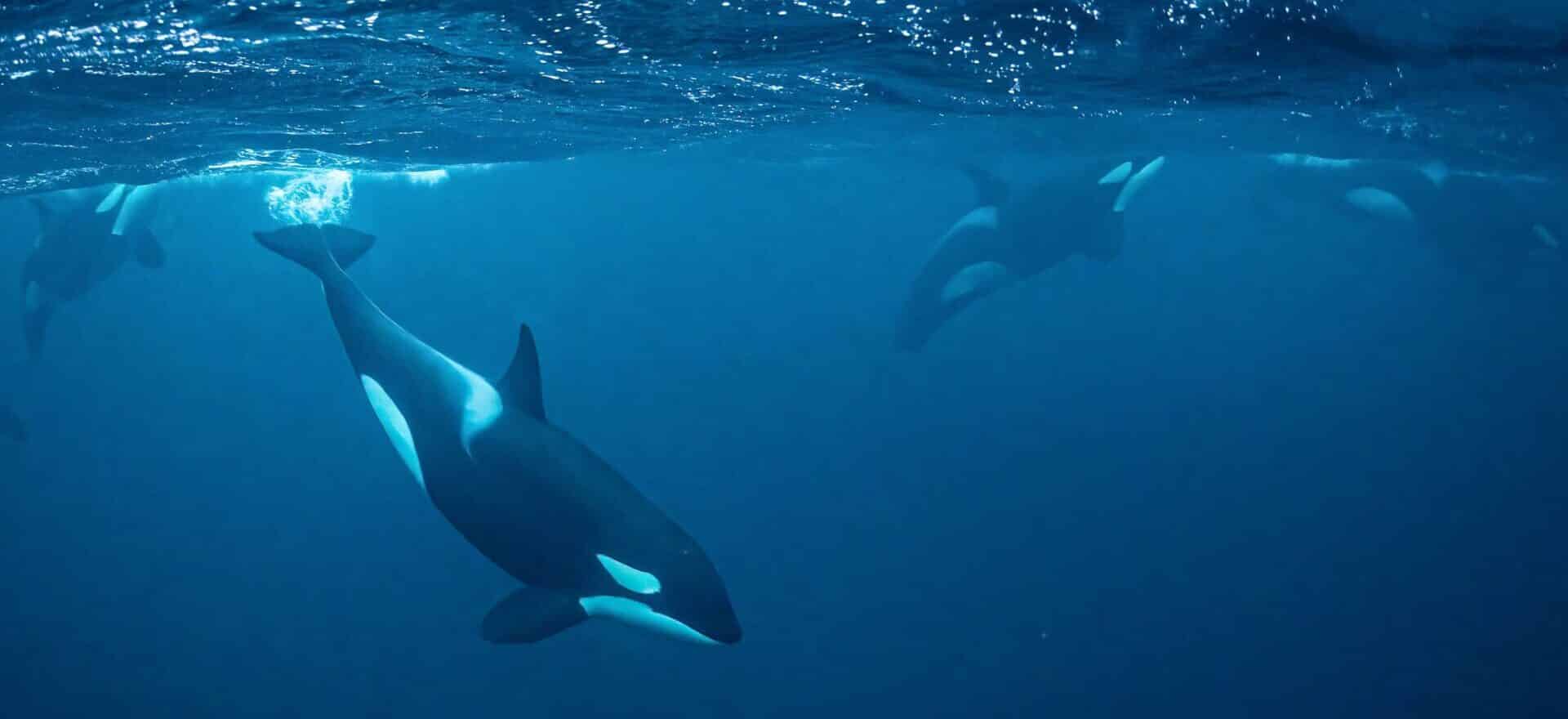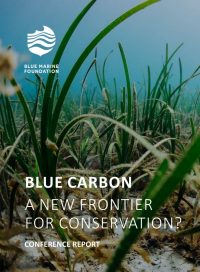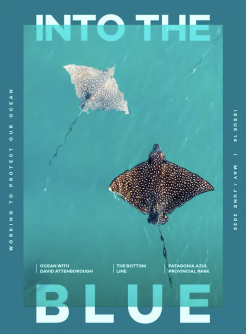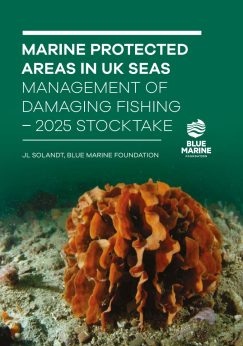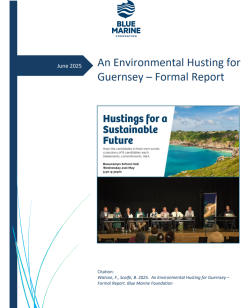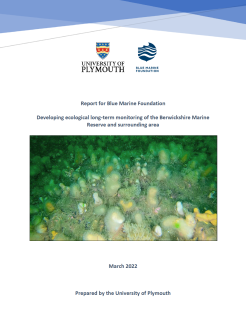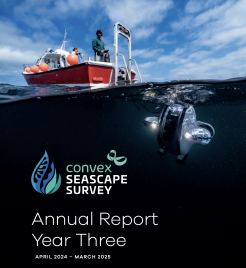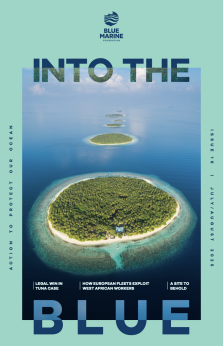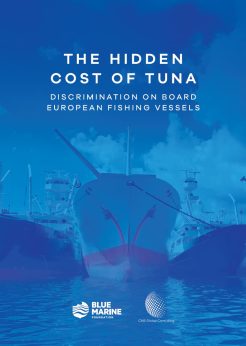The emerging topic of blue carbon could play a huge role in the future protection and restoration of the ocean. Blue Marine Foundation (BLUE) has developed a blue carbon programme with several workstreams. We are seeking to quantify the carbon sequestration and storage potential in a number of our projects in partnership with the University of Exeter. We are funding carbon mapping and seeking to better understand the impacts of mobile contact bottom fishing on carbon stocks and the carbon cycle. For nine months, we have conducted a discovery phase to explore the potential for a large investment in blue carbon projects, on behalf of a corporate partner. We are closely involved in answering key scientific questions, removing the barriers to blue carbon projects and actively channelling investment into the right kind of projects.


State of the World's Saltmarshes
Saltmarshes are vital yet undervalued coastal ecosystems – home to extraordinary biodiversity, protectors of coastal communities, and quiet allies in our efforts to address climate change.
11 June 2025
